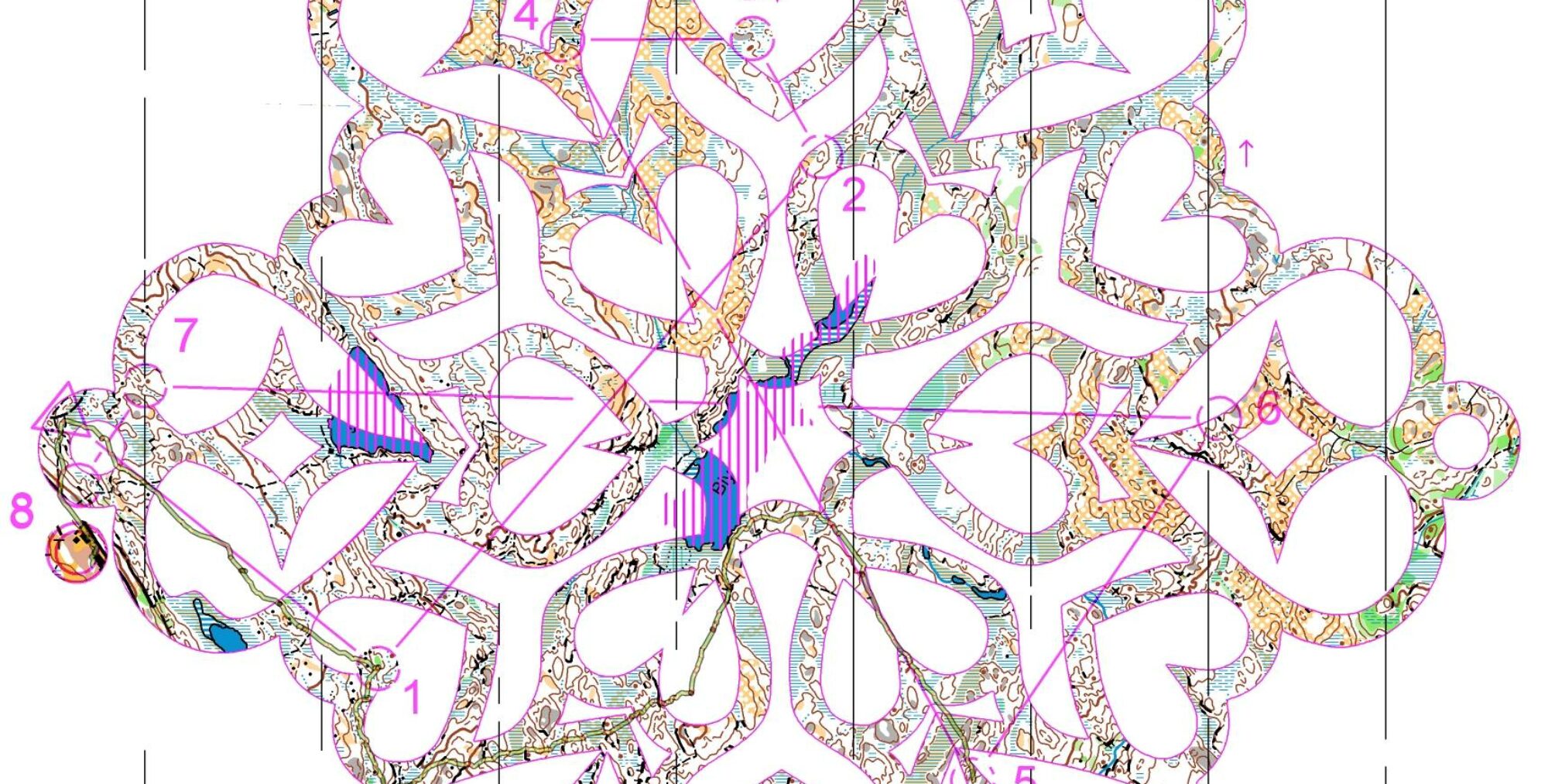
Toolbox for orienteering coaches

Toolbox for orienteering coaches
Description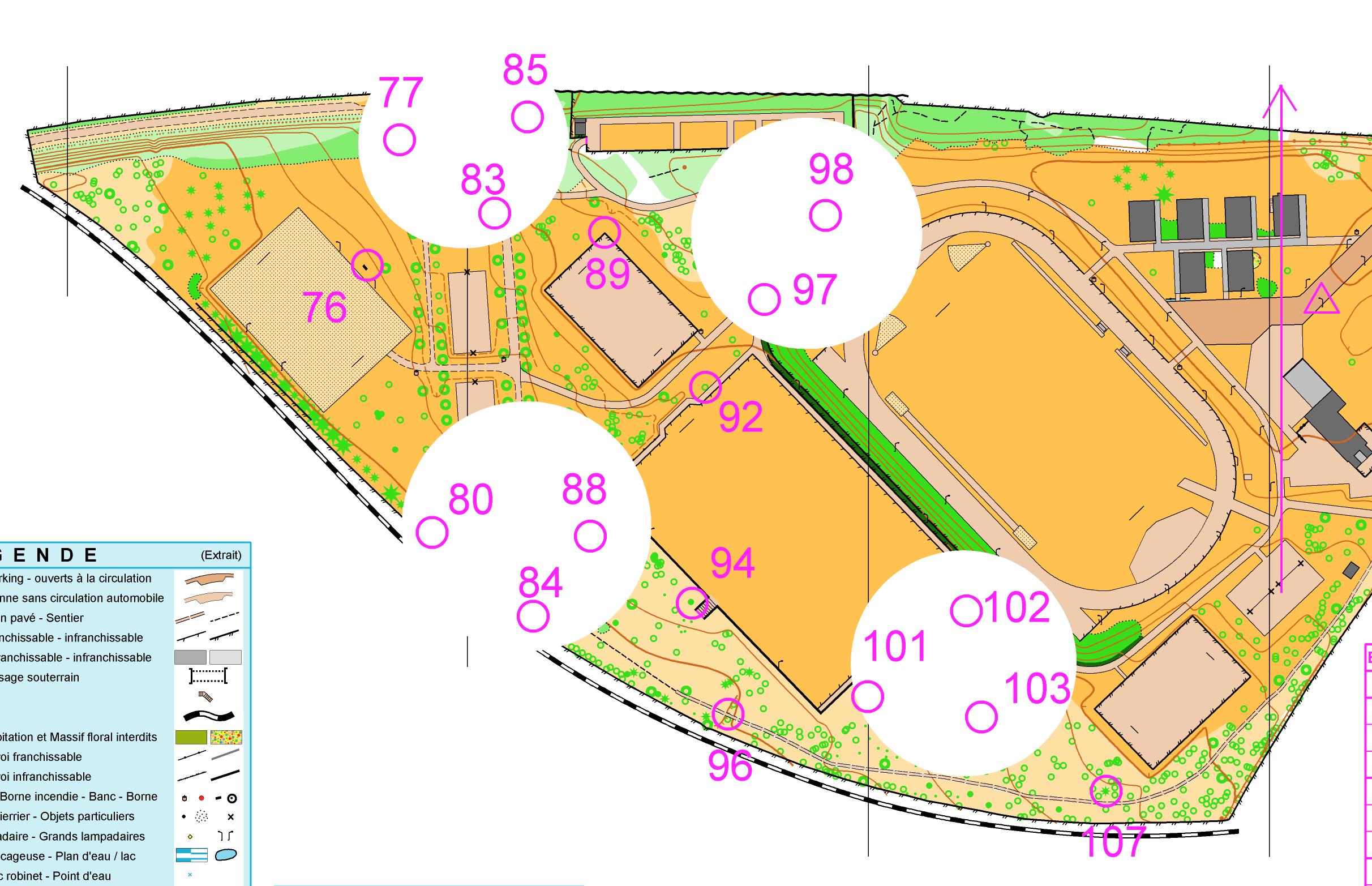 It’s just a score event, with some controls that can only be found by accurate bearings. Bearings can be made from different points.
It’s just a score event, with some controls that can only be found by accurate bearings. Bearings can be made from different points.
Alternative
The score event can be replaced by a classic course, with some “bubbles”.
Comment
I prefer score event for training sessions, to avoid follow-up
Contributor
Nathalie Rauturier
Description
The target is to learn to orientate your map with only the compass. Draw a course on paths only and put a control at each intersection.
Make a blank map and extract each leg. At each control, the runner uses the compass to orientate his map and to know which path he should take.
Alternative
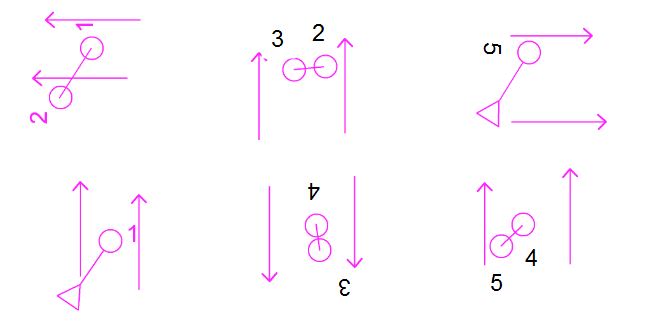 Turn the leg extracts so that North is not always at the top of the sheet. The orientation of the map cannot be done with the route just taken
Turn the leg extracts so that North is not always at the top of the sheet. The orientation of the map cannot be done with the route just taken Follow the route alltogether. Stop in the middle of a path at each change of direction and ask which path you are on (A, B, C, D or E)
Follow the route alltogether. Stop in the middle of a path at each change of direction and ask which path you are on (A, B, C, D or E)Comment
Contributor
Nathalie Rauturier
Set up a network of 17 cones. Number the cones on the drawing .
Print out cards by shifting the numbers of the cones. You get 16 different cards (see the example beside).
Hand out your cards. Call out a number. Each person has to go to the corresponding cone ( nobody will be on the same one, except if you have more than 16 runners).
Alternative
Comment
If you have 10 young people, hand out cards with numbers for the first cone, which “are following” each other ( 1,2,3 …). When you call “12” for example, you will immediately see who made a mistake, because the runners should be on cones next to each other. It is convenient not to have to check that each person is at the right place.
Contributor
Nathalie Rauturier
You need to set up 9 markers (cones ?), as shown on the right.
Follow the course below on these cones following these instructions:
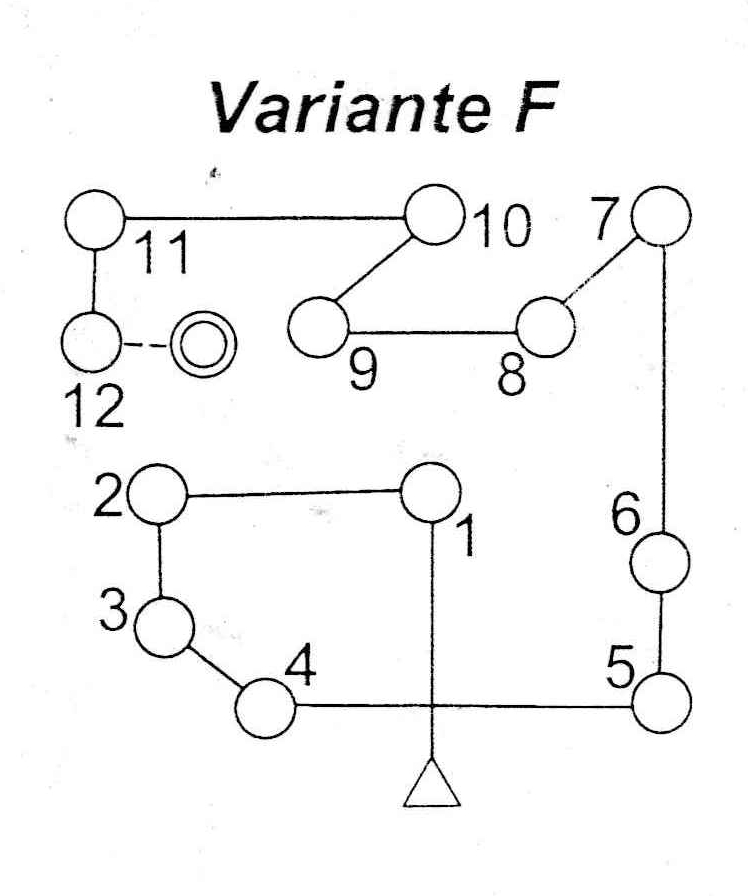 When you have made your first move, the orientation of your map is determined
When you have made your first move, the orientation of your map is determinedAlternative
Comment
It is an easy way to introduce map orientation to beginners
Contributor
Sandra Olivier (Rédaction: Nathalie Rauturier)..et Eric Brassart
Description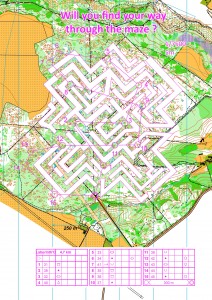
It is an exercise similar to the corridor one. The purpose is to complete the course without ever passing through the white zones.
You need to be accurate with your compass and to keep contact with the map nearly all the time.
Alternative
You can have wider zones or smaller
Comment
This exercice is for expert orienteers!
Contributor
Antoine Stéphany et Nathalie Rauturier
Description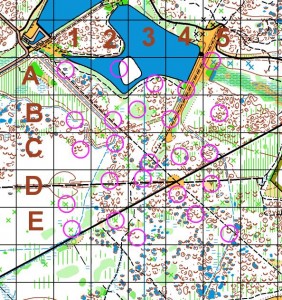 In each box, a control is indicated. You have to find the squares, where the control is “there” and in the right place. All the squares whith real controls form “boats”. In this example, people had to find a boat of 4 (cruiser), 2 boats of 3 (submarine), a boat of 2 (torpedo boat), with only one rule “the boats can touch each other only by a corner”.
In each box, a control is indicated. You have to find the squares, where the control is “there” and in the right place. All the squares whith real controls form “boats”. In this example, people had to find a boat of 4 (cruiser), 2 boats of 3 (submarine), a boat of 2 (torpedo boat), with only one rule “the boats can touch each other only by a corner”.
If you find a control in A1 and B1, then you know that there is no control in A2 and B2.
The target of this exercise is to do precise map reading, in a playful way
Alternative
You can use other rules for the boats, change the number of boats to find …
Comment
Not suitable for beginners, for whom the concept of real or missing is complicated. It requires confidence.
Beware, also, Battleship is not a game known by the new generations
Contributor
Nathalie Rauturier
Plan a course with long legs. Between each long leg, it is possible to place a succession of controls very close together. The aim of the exercise is to anticipate the rest of the course during the long legs for navigate quickly and without stopping during the shorter legs. It is important to make sure that you offer different choices on the long leg during the planning.
Alternative
Comment
Contributeur
Benoit Rauturier
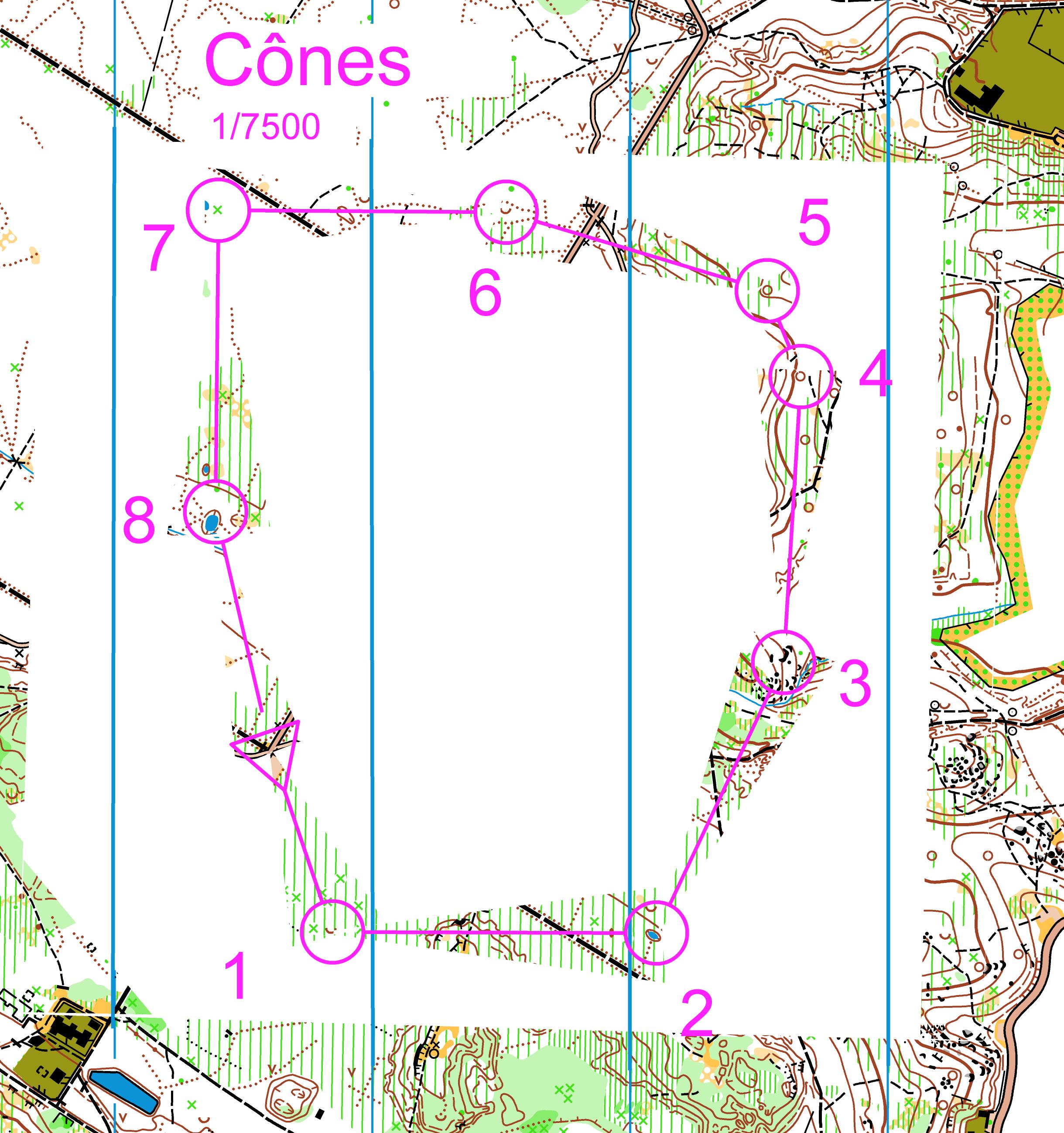 Description
Description
A cone is cut out along the red line between two controls. The exercise targets the use of the compass out of the control. Depending on the leg, the runner may have to use accurate as well as rough compass bearing. The technical level will vary depending on the terrain.
Alternative
You can time the exercice to add physical commitment.
Comment
Contributor
Benoit Rauturier